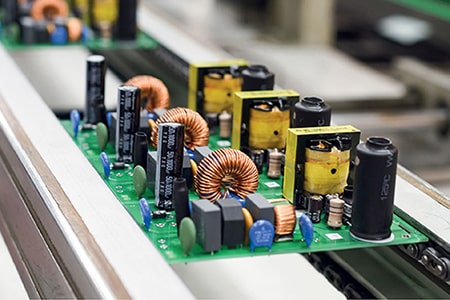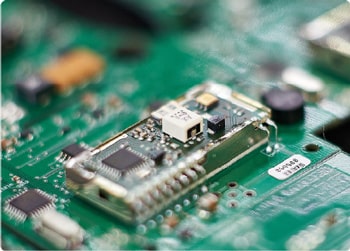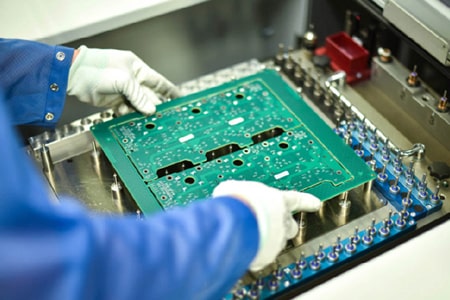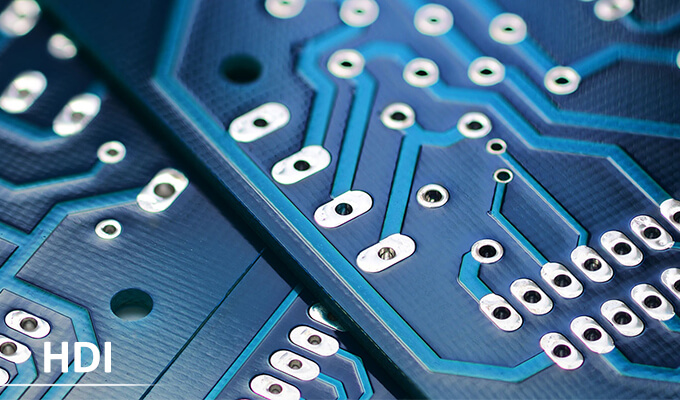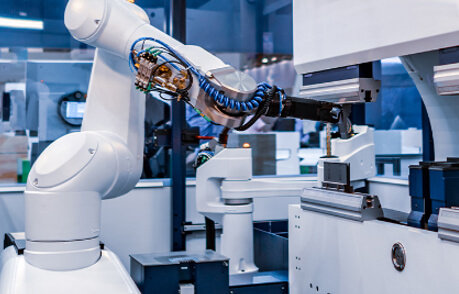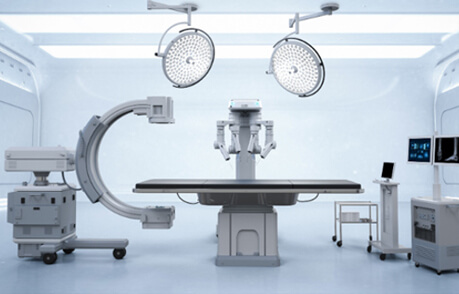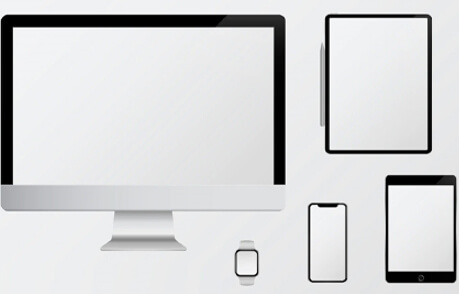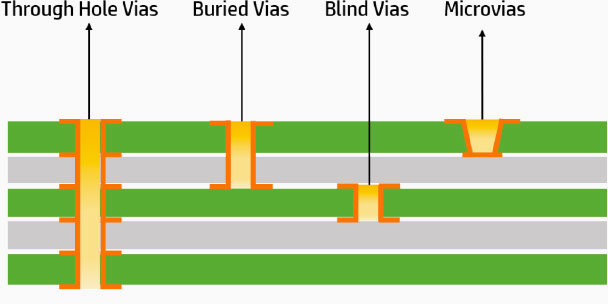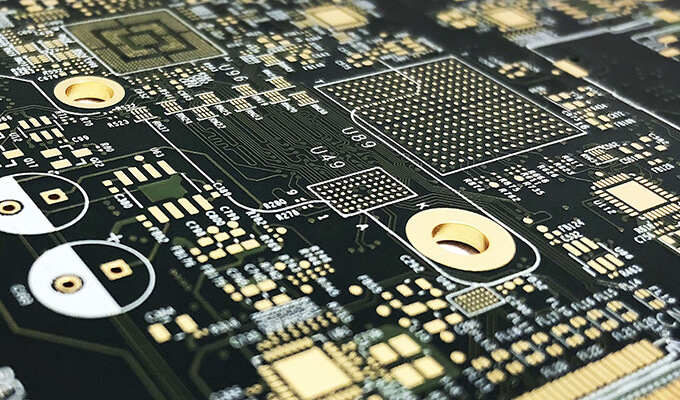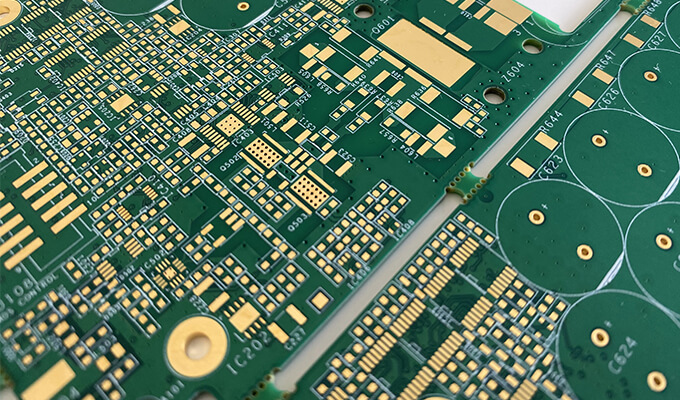HDI any-layer connect printed circuit boards are the next technological enhancement of HDI microvia PCBs: all the electrical connections between the individual layers consist of laser-drilled microvias. The main advantage of this technology is that all the layers can be freely interconnected.
HDI board is the most sophisticated circuit board in the PCB board, and its board making process is also the most complicated. Its core steps mainly include the formation of high-precision printed circuits, the processing of micro-via holes, and the electroplating of surfaces and holes.
Ultra-fine circuit processing
With the development of science and technology, some high-tech equipment is becoming more and more miniaturized and sophisticated, which requires higher and higher requirements for the HDI boards used. The line width/line spacing of HDI circuit boards of some devices has developed from the early 0.13 mm (5 mil) to 0.075 mm (3 mil), and has become the mainstream standard. The higher and higher line width/line spacing requirements bring the most direct challenge to the graphic imaging in the PCB manufacturing process.
The current formation process of fine lines includes laser imaging (pattern transfer) and pattern etching. Laser direct imaging (LDI) technology is to directly scan the surface of the copper clad laminate with photoresist to obtain the refined circuit pattern. The laser imaging technology greatly simplifies the process and has become the mainstream in HDI PCB plate making. process technology.
Micropore processing
An important feature of HDI circuit boards is that they have micro vias (diameter ≤0.10 mm), which are all buried blind via structures.
Buried blind vias on HDI boards are currently mainly processed by laser.
Compared with laser drilling, mechanical drilling also has its own advantages. When laser processing through holes in epoxy glass cloth dielectric layer, due to the difference in ablation rate between the glass fiber and the surrounding resin, the quality of the hole will be slightly poor, and the residual glass fiber filaments on the hole wall will affect the reliability of the through hole. . Therefore, the advantages of mechanical drilling at this time are reflected. In order to improve the reliability and drilling efficiency of PCB boards, laser drilling and mechanical drilling technologies are steadily improving.
Through metallization
The biggest challenge of through-hole metallization is that it is difficult to achieve uniform plating. For the deep-hole electroplating technology of microvias, in addition to the use of an electroplating solution with high dispersibility, the plating solution on the electroplating device should be upgraded in time. This can be done through strong mechanical stirring or vibration, ultrasonic stirring, and horizontal spraying. In addition, the humidity of the through-hole wall must be increased before plating.
In addition to process improvements, HDIs’ through-hole metallization method has also seen major technological improvements: these include chemical plating additive technology, direct electroplating technology, etc.

